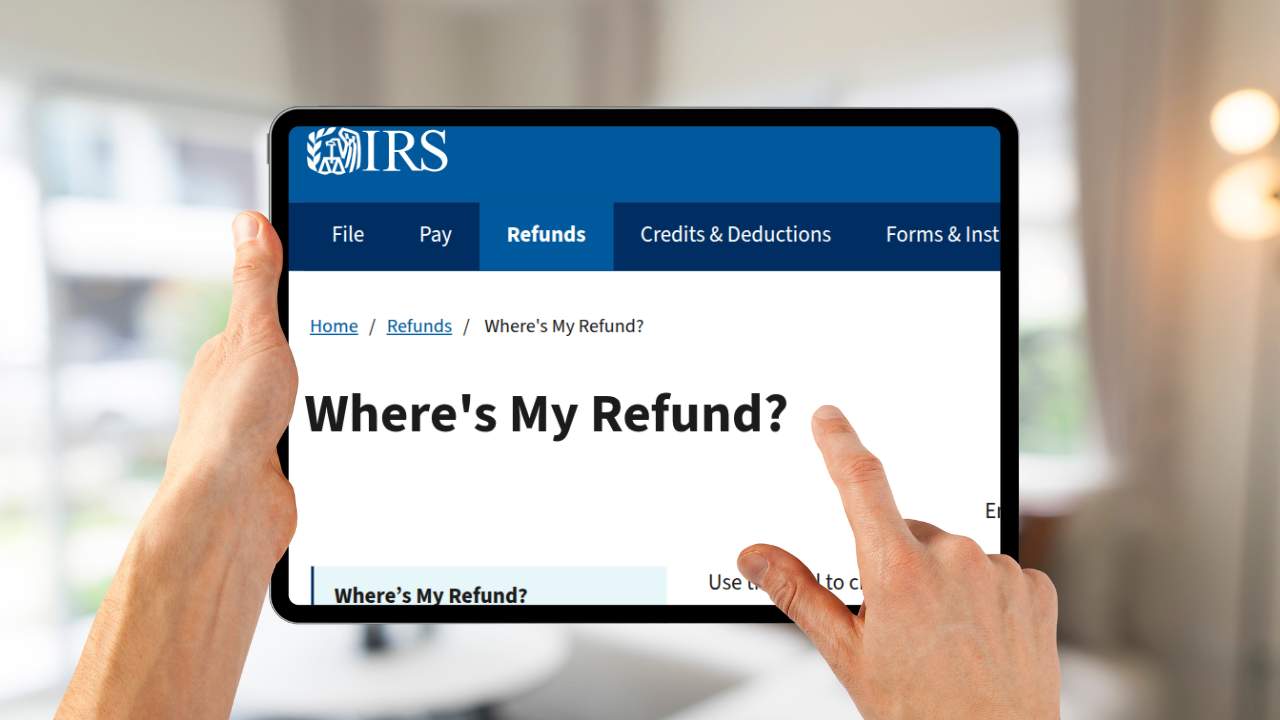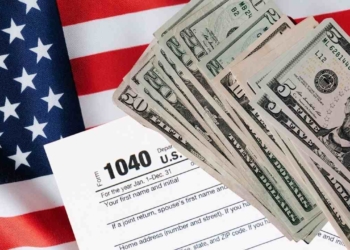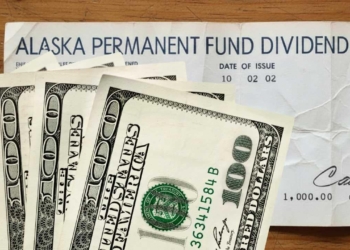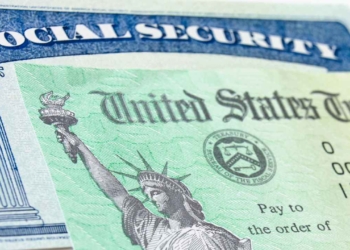You know that feeling every spring, when millions of us are glued to our bank apps or digging through mail piles, desperately waiting for that Internal Revenue Service (IRS) tax refund. It feels like a bonus, but let’s be honest—it’s really just our own money coming back after we overpaid taxes all year.
For families barely making ends meet, that check can be a lifeline: paying down bills, finally fixing the car, or maybe even funding a modest getaway. But here’s the kicker: getting cash back means you basically gave Washington an interest-free loan.
IRS refunds in 2025: More cash, but not for everyone
Not great when you’re stretching every dollar month-to-month. In 2025, the average refund hit $2,942—up nearly a hundred bucks from 2024’s $2,850. With inflation eating into paychecks, that money mattered more than ever for a lot of households.
This the 2025 in numbers, according to the IRS itself:
- 138 million tax returns processed
- 86 million people got refunds (slightly fewer than last year)
- $253 billion sent back to taxpayers (up 3.2%)
Yeah, that $2,942 average felt sweet—especially for parents claiming child credits or low-income workers. But fewer refunds went out overall. Maybe folks finally tweaked their W-4s to keep more cash upfront?
Early birds who e-filed got paid fastest (under 3 weeks), while paper check folks waited forever. And while refunds grew, experts whispered: “Don’t celebrate yet—this isn’t keeping up with real costs.”
Why do the IRS tax refunds even exist?
Simple: our tax system’s kinda clunky. Employers guess what to withhold from paychecks using your W-4 form. But life happens—a new baby, a side hustle, sudden medical bills—and suddenly you’ve overpaid.
Three big reasons refunds happen:
- Withholding misfires: Your job takes out too much tax (blame outdated W-4 math).
- “Free money” credits: Things like the Earned Income Tax Credit can actually push your refund higher than what you paid in.
- Freelancer caution: Gig workers often overpay quarterly taxes to avoid penalties.
Sure, getting a check feels nice. But personally? I’d rather have that cash in my pocket all year. A quick W-4 adjustment can make that happen.
2026’s tax refund forecast: bigger for some?
Thanks to that “One Big Beautiful Bill” passed in mid-2025, next year’s refunds could get fatter for certain folks:
- Child Tax Credit bumps to $2,200/kid (more cash for parents with qualifying children)
- New $6,000 deduction for seniors (retirees, take note)
- SALT deduction cap lifts to $40k through 2029 (massive relief for high-tax states like NY or CA)
Will it be enough? Hard to say. Middle-class families with kids might breathe easier, but with costs still soaring, that refund check’s gonna feel critical for millions come next April.







